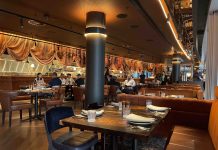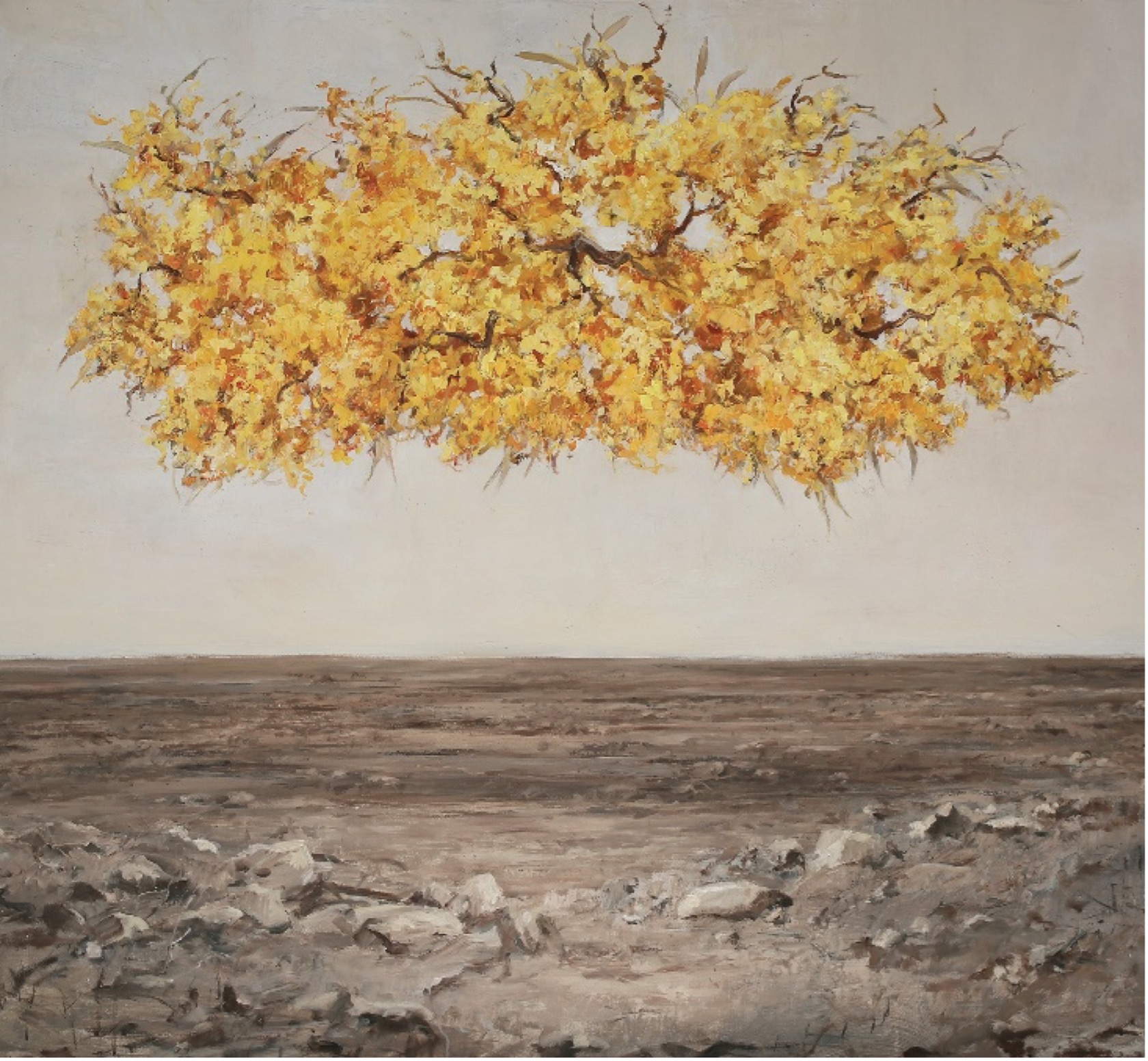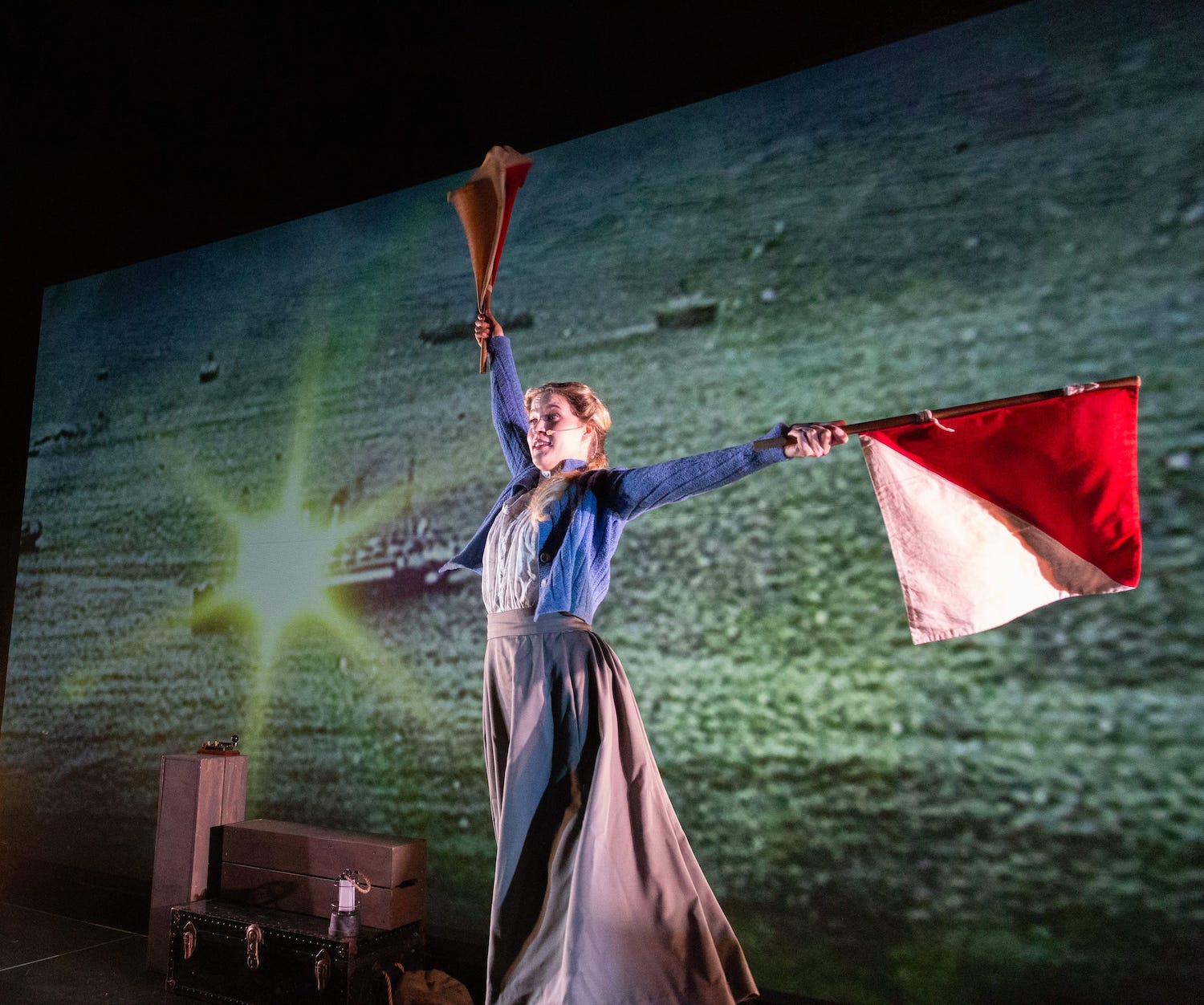Last year, on the 25th anniversary of the closure of Midland Railway workshops, a committee of former workers was formed to press for a railway workshop museum to be set up on the site.
The workshops were built in 1904 on the initiative of C Y O’Connor as the previous workshops in Fremantle were too small for the burgeoning railway industry at the time.
The Heritage Council of WA say the Midland Railway Workshops are an important industrial complex because of for the scale and diversity of operations which were carried out on the site for 90 years.
The workshops were responsible for state-wide operations of the State Government’s rail system, which facilitated the development of agricultural and rural areas and assisted helped grow the economy, particularly in the early years of the 20th century.
They also manufactured, repaired and maintained all trams, trolley buses and trains, which allowed the metropolitan area to expand.
During World War II the workshops retooled for the war effort and began the manufacture of armaments, including over two million 25lb shells. They also employed many women for the first time in the war effort.
The workshops were closed on Labor Day 1994 by the government of Richard Court. Initially the government wanted to bulldoze the site and use it for residential housing, however the majority of the buildings have been saved although some were repurposed. Most remain in good structural condition.
The site was awarded heritage status by the Gallop government in 2008.
An Interpretation Centre was opened by the Midland Redevelopment Authority in 2004 in the former time keeper’s office.
Much original fabric and fittings were retained, including the docket boards and the metal dockets.
A suite of interpretive panels provided an overview of the history of the workshops and the people who worked there.
The centre was attended by volunteers who collected historical information as well as provide guided walking tours around the workshops. The centre was closed in 2008.
The committee promoting a museum consisted of Brad Bedford (electroplater), Rob Rowe (coachbuilder), Barry Watts (coper worker) and the late Neil Byrne. They propose that the Interpretation centre should be re-opened as well as set up a working museum.
“The museum could be similar to the Queensland Railway workshop museum in Ipswich, which employs some 35 people,” said Brad Bedford.
“Lots of retired people have an interest in the workshops. Many worked there, have family or know someone who did.”
Brad and his family together had some 200 years of experience at the site.
He became an expert in electroplating, used to recondition worn pistons and crankshafts.
He says this skill, which is needed by the defence force and Metronet, is no longer available in Australia. Other specialised skills have also been lost.
“We want to show the history and what was manufactured there as well as demonstrate the skills employed,” said Barry Watts.
A large part of the function of the workshops was training apprentices in over 50 trade skills.
“Each year up to 30 people would complete their four-year apprenticeships in January and employers would come looking for them.
“They were all highly trained in every aspect of their trade. Many went on to provide the essential skills needed in developing mines in the Pilbara and natural gas liquification plant in the Burrup Peninsular,” he said.
“We want to create a working museum, not just to display the history of the site, but also to showcase trade skills, especially to children and to interest them in taking up an apprenticeship.
“We want to reskill WA,” he said.



































